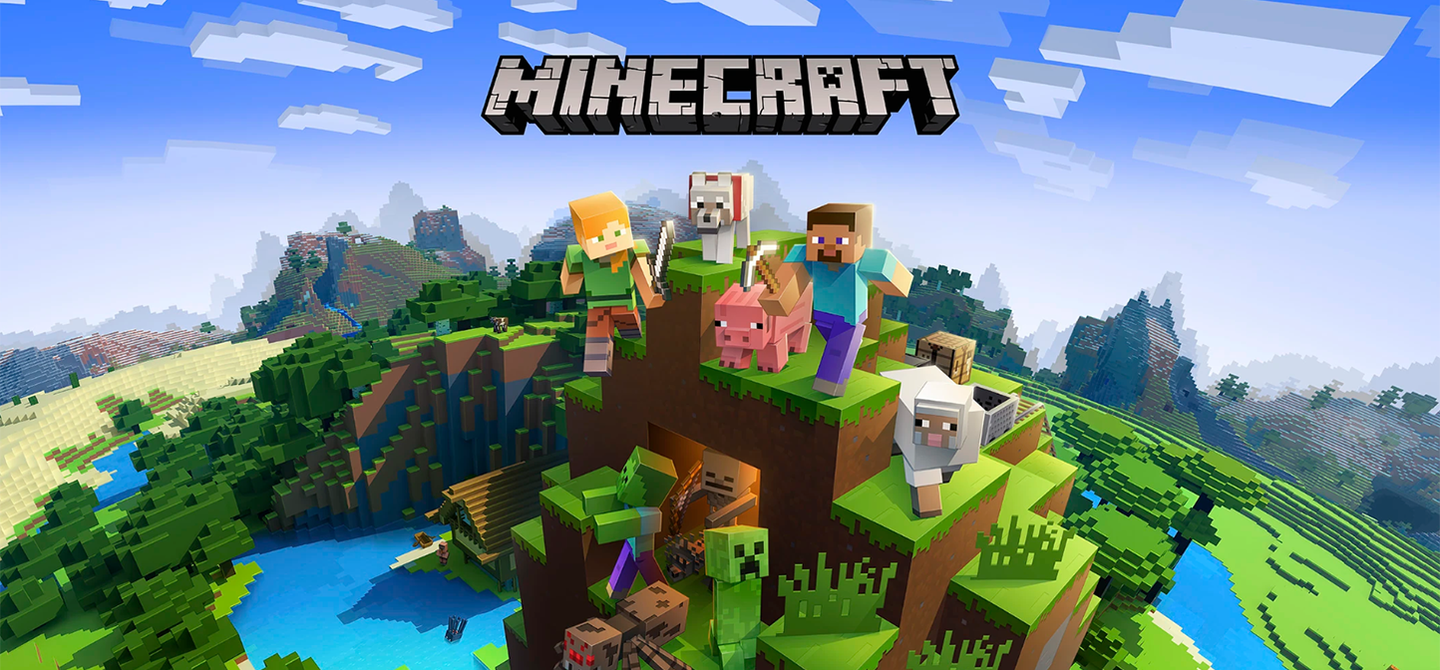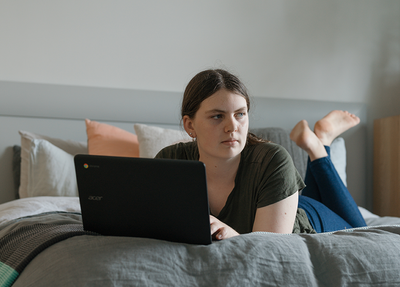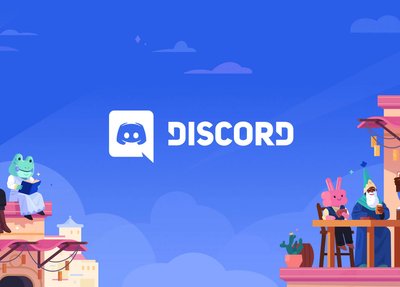
What is Minecraft and how can I talk with my child about the game?
Rebecca on April 7, 2025
Is Minecraft safe for children and how can I talk with my child about the game?
In New Zealand Minecraft has a game classification of PG low level violence. In Australia it has a game rating of PG mild fantasy themes and violence.
My five year old has grown up seeing his older brother become really good at Minecraft. Now he too is school-aged and we’ve introduced him to Minecraft on his own device. With some agreed time limitations and rules, such as only playing in the shared living space, and only adding approved friends, we’ve made this game age-appropriate for our gaming son.
Are you wondering whether the game Minecraft is appropriate for your young child? Our blog covers the following topics below:
What do the kids say about the game?
What is the game, how does it work?
Does it have a classification in NZ?
What do the kids say about the game?
Master Five Year Old —
Minecraft is a game where you can build and break stuff. And be able to play in worlds where you don’t die.
There are two modes: creative and survival. In Creative mode you can build whatever you want to imagine. Your inventory already has a lot of things in it. You use your inventory to build, and you can buy with Minecraft coins.
The easiest thing, even if you get lost in a cave is you can dig your way out. In Minecraft you can use tools or use your hands to break stuff and build stuff.
Survival mode. The one thing that’s not good about Minecraft is that you can die in Survival mode. You die from zombies and Creepers. Creepers can be scary, and they explode and destroy things. If you’re too young for Minecraft then you will get scared by these things in Survival mode.
What is the game, how does it work?
Minecraft is a cross-platform multiplayer ‘sandbox’ game which means it doesn’t have a set goal or storyline. It is a game style that is creative that involves building and crafting (creative mode) or building, crafting and surviving (survival mode). You can play on your own or with other players.
You generate worlds, make a server to host friends or join a public server where people around the world join and craft.
There are Player vs Player (PVP) modes on different servers. This involves combat fighting with swords, bows, and fist fighting.
Player vs Environment (PVE) is the mode where you’re fighting off different creatures that can be both hostile and passive, such as Villagers that spawn or that you craft into your world.
There are a couple of software versions of Minecraft depending on the platform you’re playing on: Minecraft: Java Edition is not compatible with Minecraft: Bedrock Edition. There is also an educators version of the game designed for in-school use: Minecraft Education mode.
What do we (Classification Advisors) say about it?
Minecraft is an excellent game for encouraging and developing creative play. Players can decide whether they focus on creating buildings, collecting resources, growing things or exploring and discovering, or all of the above. It also allows players to interact with other players, developing friendships and learning to work together.
At the same time parts of Minecraft can be scary, with players venturing into dark caves and later, the netherworld which is filled with spooky creatures and valuable resources. Common monsters include zombies who chase you, skeleton archers who strike from afar, and mercifully unrealistic spiders. The Creeper, an iconic green creature, will even explode when near a player. These monsters can lead to situations where players die or lose projects they’ve spent time building. So younger players may want or need parent support to learn the game. As with any game, limiting play time is a good idea for younger players while they’re still developing impulse control.
Minecraft contains low-level violence because combat is part of the play to survive and collect resources. However, the effects are only representative, with a simple flashing effect indicating a strike and a basic falling-over animation for death. Hitting and fighting can be used on both passive and threatening creatures. You may have to ‘kill’ a pig for meat, or if you ‘hit’ a sheep once you collect the wool but hit it multiple times and the sheep dies and you collect the raw mutton (both essential for crafting and survival). In Player vs Player multiplayer players can fight each other, using the same low-level effects to represent violence.
Only add friends to your child’s account for people that you know. In multiplayer mode players can text chat, and with mods or other programs voice chat with each other. By default, Minecraft has chat filters to block most offensive words, but some players may try to circumvent this with look or sound-a-like spelling.
Minecraft servers can be created or hosted, you can join public ones or private ones by invitation. You should always be aware what type of servers are being accessed as each server is its own ‘world’. Never share personal details with other players in these servers.
Does it have a classification in NZ?
Minecraft is an online game as well as a physical disc game and so it does have a NZ classification of PG low level violence.
Minecraft has been given international gaming age ratings. The game has a recommended PEGI rating of 7. The ESRB rating for Minecraft is E10+ (Everyone 10+) with a Content Descriptor for Fantasy Violence. It also has Interactive Elements for Users Interact (meaning players can communicate online if they choose) and In-Game Purchases (meaning the game offers the ability to exchange real-world currency for in-game currency or items).
You can read more about international game classifications here.
Are parental controls an option?
Yes, you can create a child account which enables parents to manage and monitor gameplay, multiplayer access, chat settings and friend requests. Child accounts require parental approval for in-game purchases.
While you’re here just be aware
Minecraft is immersive and can be highly engaging, in a good way, but also a challenging one. Because the game has no fixed end point and players are constantly building, exploring, and achieving small goals, it can be easy to lose track of time. Children (and adults!) may find it hard to stop or take breaks. This is particularly true in Survival or multiplayer modes, where the game feels more urgent or competitive.
What you can do:
- Set clear time limits together and explain why they’re important.
- Use tools like timers or parental control apps to help stick to agreed limits.
- Make sure game time is balanced with outdoor play, social time, and sleep.
Multiplayer & Online Chat Risks
In multiplayer mode, players can connect with others, and while that can be fun and social, it also comes with risks. Online chat (text or voice) opens the door to inappropriate language, bullying, or grooming. Some public servers are not moderated and may expose young players to unsafe or adult content.
What you can do:
- Stick to private servers with people you and your child know.
- Turn off chat functions or limit them in settings.
- Check in regularly with your child about who they’re playing with and what’s happening in the game.
Bullying and In-Game Harassment
Multiplayer gaming environments can invite bullying, griefing, and targeted harassment, especially on public or poorly moderated servers.
- Children may be teased or even bullied by peers or older players for not having the right "skins," being beginners, or making mistakes.
- In-game griefing (e.g. destroying someone’s builds, killing their character repeatedly, or banning them unfairly) can lead to distress, exclusion, or anxiety.
- Some kids might be pressured into completing tasks or proving themselves under duress.
What you can do:
- Encourage your child to play only on trusted servers
- Use child account settings to limit chat and report bullying behaviour
- Reinforce that bullying is never their fault and they can always come to you.
Minecraft’s open chat functions and voice features make it possible for adults to interact directly with children, particularly in public servers or Discord-linked groups.
- Offenders may use humour, shared interests, or gameplay tasks to build trust before introducing inappropriate content or contact.
- Some grooming occurs over time, shifting from friendly interaction to manipulation, often using gifts or access to private servers.
- Reports have noted cases of sexual exploitation where contact was first made through gaming platforms.
What you can do:
- Talk with your child about never sharing personal information
- Set clear privacy rules and regularly check your child’s friend list.
- Let your child know that they can always come to you, no matter what.
Scary or Violent Content
While the blocky graphics make Minecraft appear harmless, there are elements, like Creepers, zombies, dying animals, or losing your world, that can be distressing for younger players. Even in Creative Mode, children might see or create upsetting content if they explore certain public servers or downloads (mods, skins, or add-ons).
What you can do:
- Start with Creative Mode until your child becomes familiar with the game.
- Stay involved. Play together or watch them play to understand how they’re engaging with the game.
- Talk openly about what might be scary and remind them it’s OK to ask for help or take a break.
In-Game Purchases & Ads
While Minecraft itself is a paid game, some versions allow additional purchases using Minecoins for skins, mods, or maps. This can add up quickly if not managed.
What you can do:
- Use a child account that requires approval for purchases.
- Explain how in-game purchases work, that it’s real money, and not everything needs to be bought.
- Consider turning off in-app purchases entirely if needed.
Gamification Risks and Extremist Use of Games
While Minecraft itself is designed to be a creative, educational and constructive game, like any open online environment, it can be misused. Many studies have highlighted how extremist groups have tried to exploit the online gaming space, including sandbox games like Minecraft, to spread propaganda, recruit, or normalise harmful ideologies.
This may sound surprising, but research have documented some of the trends and tactics used by bad actors in gaming environments:
- Gamifying violent ideologies, framing real-world acts of violence as “achievements,” awarding points or badges, or creating kill-count competitions in propaganda games. This tactic can desensitise players and dehumanise targets.
- Modding (modifying) mainstream games, altering games like Minecraft and other popular games to include hateful or violent symbols or recreate real-world attacks such as the Christchurch terrorist attacks.
- Grooming through in-game chat, especially when games have voice chat, open text chat, or private servers with little moderation. Groomers may build trust with children in games and shift conversations into more private or unmoderated space.
- Exploiting “gamer” culture, using memes, inside jokes, or even livestreams to normalise and spread violent ideologies under the radar. This includes references to popular shooter games, using gaming aesthetics in extremist propaganda or using gamified language and elements.
While these risks exist, they’re not common experiences for most players—and it doesn’t mean Minecraft itself is unsafe. But it’s a good reminder of why active parental involvement matters, especially for younger or new players.
What can parents do?
- Keep devices in shared spaces.
- Use built-in parental controls to limit multiplayer access and manage servers.
- Encourage kids to talk about what they’re playing, who they’re talking to, and how it makes them feel.
- Remind them: if something seems weird, inappropriate, or scary. They can always come to you.
Final thoughts
Minecraft itself is not the problem. It’s a widely played, creative game with significant educational value. But like any online space, it depends on how it’s used, who’s in the room and the kinds of conversations you’re having at home.
You’re a great parent, we know because you read this far! By using parental controls, setting clear boundaries, and maintaining open communication, you can help keep your child safe while they play. Don’t hesitate to join them in the game – understanding how it works can make it easier to guide them toward safer, more positive experiences.
It’s not always clear on whether to say yes to a new game but playing with them, talking to them about the game experience, and staying updated on the risks (yes they do change) will help make their experience much safer.
Further reading
Gaming resource hub at Te Mana Whakaatu (resource)
Keeping it safe in the gaming space (blog)
Understanding loot boxes: a guide for parents and whānau (blog)
Game on: Our guide to understanding international gaming classifications (blog)
Advice for young people online gaming (Netsafe)
Resources for parents and guardians - Minecraft.net
Social features for child safety online - Minecraft.net
Minecraft realms safety - Minecraft.net
Subscribe to our blog
Stay up to date with the Classification Office blog.


